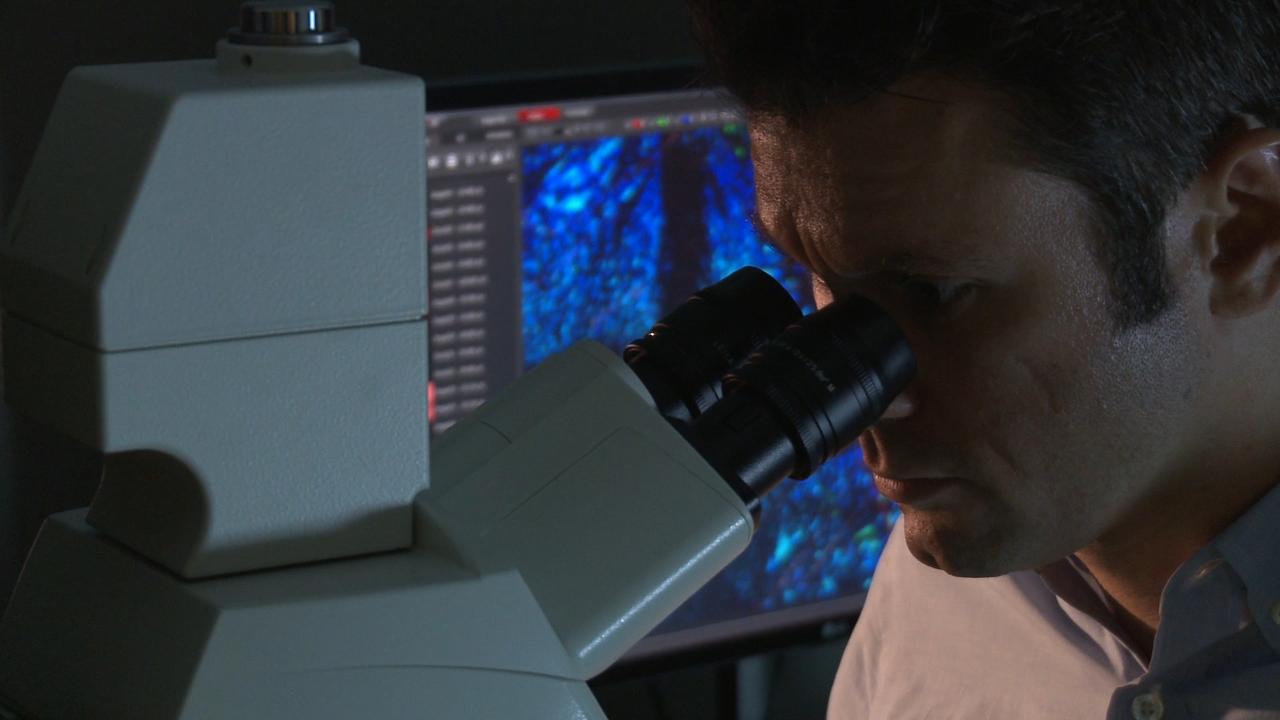This startup grows real human skin for burn victims
A Salt Lake City-based startup has figured out a way to grow real human skin for burn victims in less than 24 to 48 hours, instead of using traditional skin grafts that could take weeks.
The product, called SkinTE, was developed last year by a team of former Johns Hopkins doctors who discovered a way to regenerate a patient’s own skin using their patented technology.
“It works very simply. Essentially, if a patient has a tissue or skin void from a burn or a wound, a provider—a clinical or a medical provider—will take a very small piece of that issue and send it to us and we will process it and get it back to them within 24 to 48 hours,” Denver M. Lough, M.D., Ph.D., and chief executive officer of PolarityTE, tells FOX Business.
“We will deploy it in a large syringe and it will basically be put on as a cake paste or an icing that will cover that tissue void, where they will need that skin, and it regenerates full thickness, hair-bearing skin that looks like the patient’s own skin because it is their own skin.”
The technology has already been approved for use by multiple medical institutions, the company announced last week, after the Food and Drug Administration (FDA) registered it for use earlier this month.
SkinTE is made and distributed by PolarityTE Inc. (NASDAQ:COOL), a public company that came into existence in April after a reverse merger with gaming company Majesco Entertainment.
“We were approached by a wonderful group headed up by Dr. Phillip Frost, who is an investor and dermatologist and CEO and chairman of OPKO Health, and he said ‘why don’t you guys go ahead and start a public company and I can help you get there immediately and that way you guys can still be in control,’” Lough says.
The initial launch of the product will be distributed to about 15 burn centers across the country. According to the American College of Surgeons, there are about 123 burn centers in the U.S. as of 2011. Lough estimates the company’s potential worth could be $50-60 billion.
Lough says the problem with a majority of skin substitutes on the market today is that “they are not the patient’s own skin and they use other types of products” which makes the replaced skin on burns victims noticeable.
“I spent a lot of time actually looking under microscopes and basically recognized that the less that you actually manipulate tissue, the better it actually does. So, a lot of those ideas and concepts came to me that if we actually had, aggregates of cells – cells that naturally sort of occurred in your body and you help them along and put them into a burn wound or a chronic or acute wound – you can regenerate full thickness skin.”
Lough says while their product is slowing making its way to burn centers, he believes down the road the technology can be used for other products like bone, cartilage, fat and muscle, as well as hollow and solid organs.




















